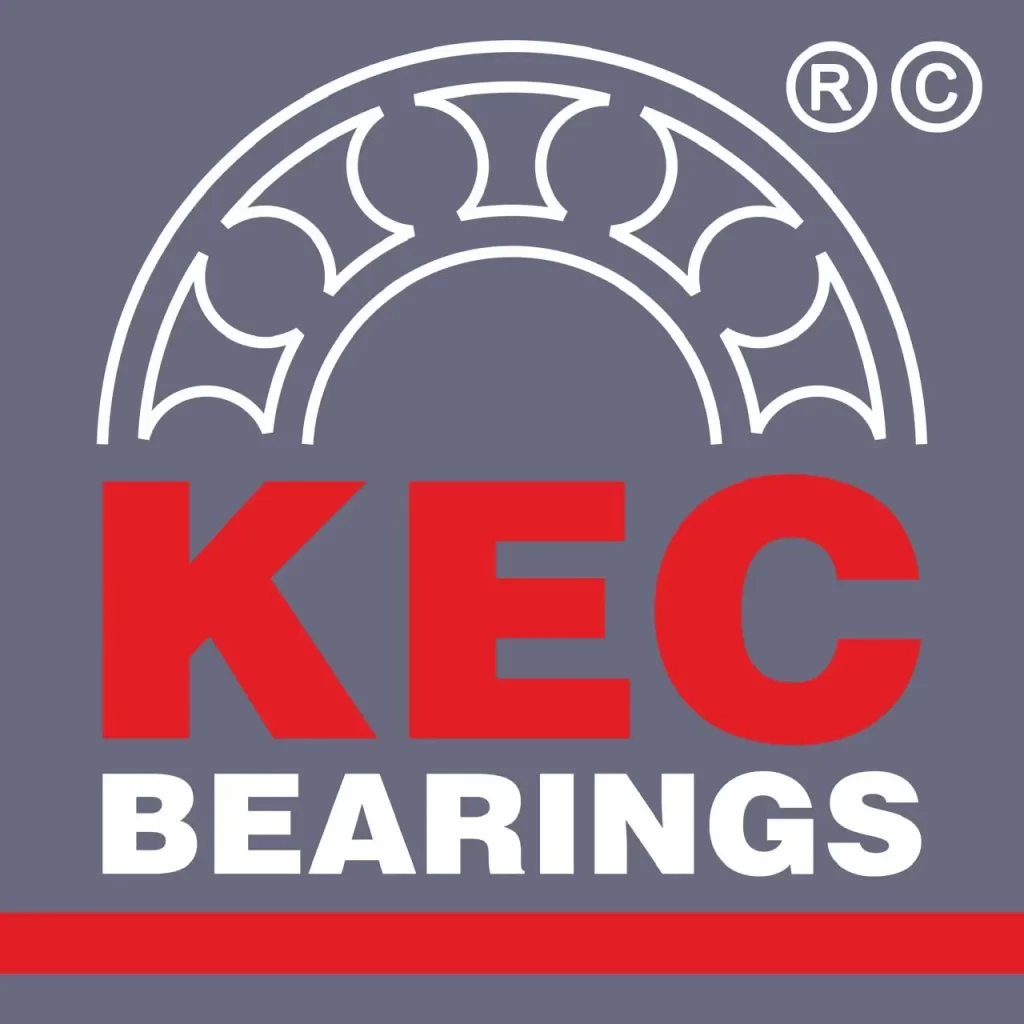Ball bearings are a fundamental component in countless mechanical and industrial applications, serving to reduce friction and allow smooth rotational motion between moving parts. These versatile components support radial and axial loads and are critical in machinery, from household appliances to aerospace engineering. This blog introduces the basics of ball bearings, their types, applications, and the science behind their functionality.
1. What Are Ball Bearings?
A ball bearing is a type of rolling-element bearing that uses spherical balls to maintain the separation between the bearing races, the inner and outer metal rings. These balls act as a rolling mechanism, reducing friction and allowing smooth motion by minimizing direct metal-to-metal contact between moving parts. They play a key role in reducing wear, ensuring mechanical efficiency, and enabling components to rotate freely.
Basic Components:
- Inner Race: Mounted on the rotating shaft, this is the inner ring where the balls roll.
- Outer Race: Encases the balls and usually remains stationary.
- Balls: Small, hardened spheres that roll between the races.
- Cage: Keeps the balls separated and evenly spaced, reducing noise and ensuring uniform load distribution.
2. How Do Ball Bearings Work?
Ball bearings operate based on the principle of rolling friction, which is considerably lower than sliding friction. When a load is applied, the balls distribute the load across the contact points, significantly reducing the effort required for motion. Due to their unique design, ball bearings are excellent at handling both radial (perpendicular to the shaft) and axial (along the shaft) loads, although their load bearing capacity is typically lower than other types of bearings, such as roller bearings.
3. Types of Ball Bearings
The versatility of ball bearings is showcased in the variety of designs that cater to specific applications and load conditions. Key types include:
a. Deep Groove Ball Bearings
- Features: Known for their deep raceway grooves, they can handle radial and limited axial loads.
- Applications: Commonly used in electric motors, pumps, and household appliances.
b. Angular Contact Ball Bearings
- Features: Designed with a contact angle to handle both radial and higher axial loads.
- Applications: Widely used in automotive, gearboxes, and high-speed applications.
c. Self-Aligning Ball Bearings
- Features: Double-row design with an inner ring raceway and an outer ring, allowing for minor angular misalignment.
- Applications: Ideal for applications where shaft deflection or misalignment is likely, such as in agricultural machinery.
d. Thrust Ball Bearings
- Features: Built specifically for high axial loads with limited radial load-carrying capability.
- Applications: Used in low-speed applications like turntables and swivel chairs.
4. Applications of Ball Bearings
Ball bearings are integral in numerous industries, including:
- Automotive: Support rotating parts like wheels, transmissions, and engines.
- Aerospace: High-quality bearings are used in aircraft turbines and landing gear.
- Industrial Machinery: Essential in conveyor systems, electric motors, and compressors.
- Electronics: Found in fans, hard drives, and precision instruments requiring low noise and high efficiency.
- Medical Devices: Used in precision equipment like MRI machines and surgical instruments.
5. Advantages of Using Ball Bearings
- Low Friction: Ball bearings reduce friction between moving parts, minimizing energy loss.
- Durability: They are made of hardened steel, providing resistance to wear and extended life.
- Precision: Offer high levels of rotational accuracy, essential for applications requiring exact motion control.
- Versatility: Available in various designs, materials, and sizes to suit specific requirements.
6. Key Factors in Ball Bearing Selection
Choosing the right ball bearing involves evaluating various factors:
- Load Requirements: Consider radial, axial, and combined loads.
- Speed: Higher speeds require precision-engineered bearings.
- Environmental Conditions: Bearings may need special materials or seals for high-temperature or corrosive environments.
- Size and Fit: Correct bearing size is critical to ensure proper installation and performance.
- Maintenance Requirements: Some bearings are sealed for life, while others require regular lubrication.
7. Future Trends in Ball Bearings
The ball bearing industry is innovating to meet evolving demands. Trends include:
- Smart Bearings: Integrated sensors that monitor temperature, vibration, and wear
- Advanced Materials: Use of ceramics and composite materials for high-performance bearings.
- Enhanced Lubricants: Longer-lasting lubricants reduce maintenance frequency.
- Eco-Friendly Designs: New designs aim to reduce energy consumption and environmental impact.
Conclusion
Ball bearings play a vital role in modern engineering, enabling smooth and efficient motion across a range of applications. By understanding the types, advantages, and considerations in selecting the right ball bearing, engineers and manufacturers can ensure that these components continue to drive advancements in technology and machinery reliability.
Contact Us
KEC Bearings Pvt Ltd
G-2408A, F2 Road, Almighty Gate, Lodhika GIDC, Metoda – 360021, Rajkot, Gujarat (INDIA)
Website: www.kecbearings.com
Email: sales@kecbearings.com
WhatsApp: +91 9330 96 9330

